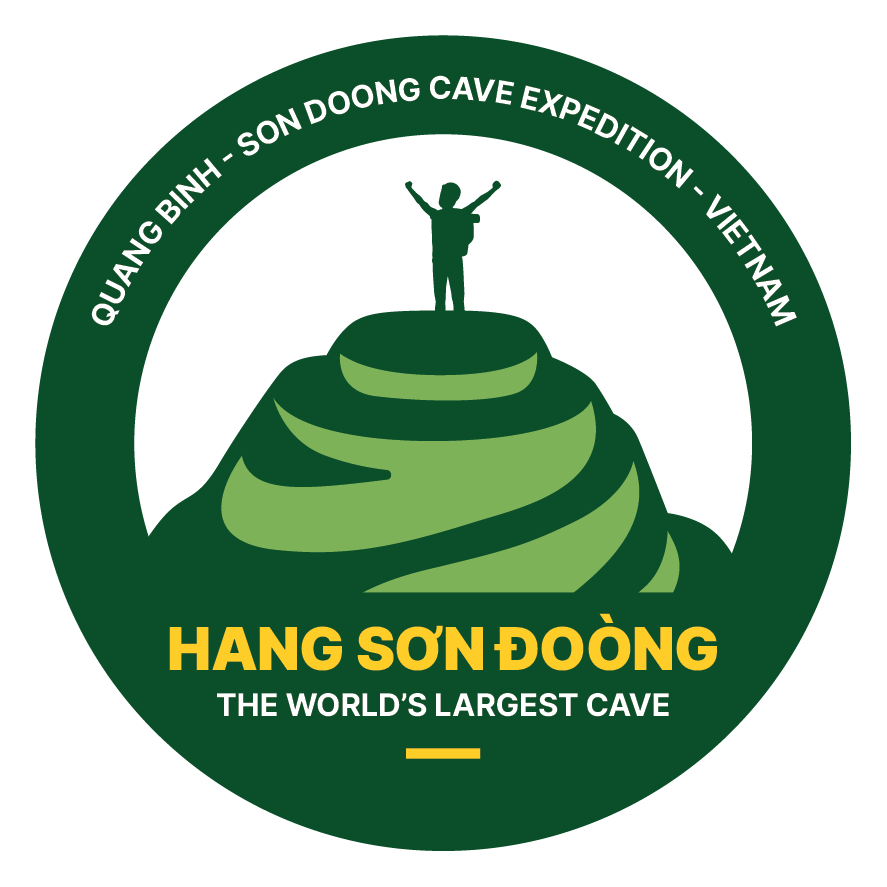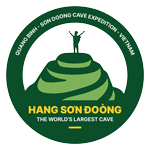Son Doong Cave – the largest natural cave on Earth – was first discovered in 1990 by Mr. Ho Khanh, a local man from Quang Binh. But it wasn’t until 2009 that the cave was truly explored and brought to global attention, thanks to a joint British Vietnam Caving Expedition Team led by Howard Limbert. With a ceiling soaring 200 meters high, a width of 150 meters, and stretching over 9 kilometers, Son Doong was officially recognized by Guinness World Records in 2013 as the world’s largest cave.
In 2011, Oxalis Adventure was founded, giving a major boost to Quang Binh’s tourism scene with one-of-a-kind adventure and cave tours. By August 2013, the Son Doong Expedition Tour received approval for pilot operation, marking the start of a 10-year journey filled with milestones. By 2024, an impressive 7,552 travelers from across the globe had successfully conquered Son Doong.
Thanks to this, Son Doong Cave and Phong Nha have become iconic destinations for both domestic and international visitors. As tourism grew rapidly each year, the local economy flourished, and the face of Phong Nha transformed with improved infrastructure, blossoming tourism services, and remarkable growth. Let’s take a closer look at this incredible journey and the power of sustainable tourism in this land of wonders.
A 10-Year Journey Told Through Numbers
Since the tour officially opened in 2014, Son Doong has welcomed a total of 7,552 explorers from more than 50 countries by 2024. Among them were 3,123 Vietnamese travelers, followed by visitors from the United States (1,851), the United Kingdom (280), Canada (224), and many other nations.
Each year, the number of visitors capped at 1,000 to ensure safety and preserve the cave’s unique ecosystem. This careful selection and limit have enhanced the visitor experience while protecting the untouched beauty of Son Doong over the past decade.
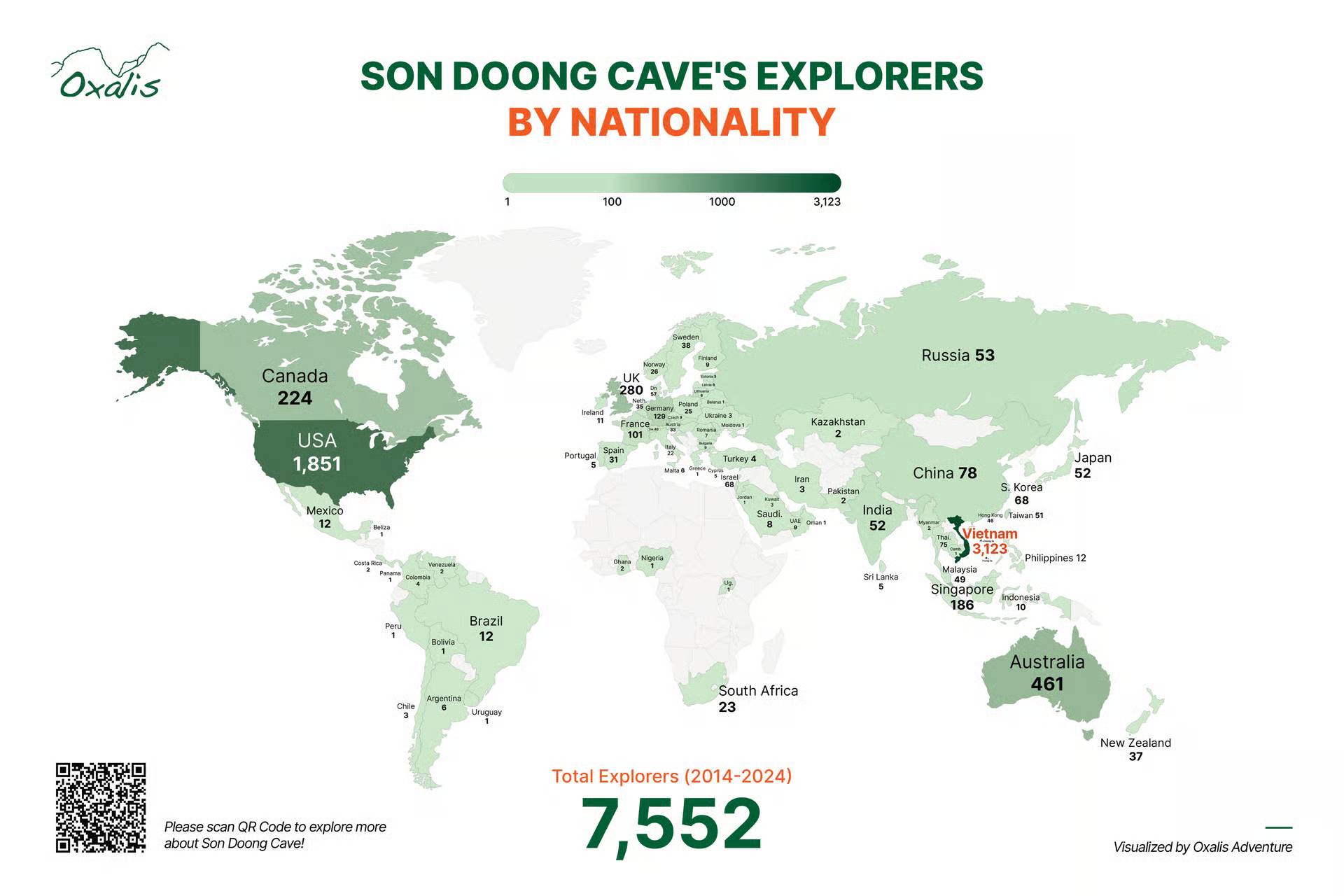
In terms of economics, the Son Doong tour has generated over 528 billion VND in revenue, including more than 167 billion VND contributed to the local government budget. It has also provided stable jobs for around 125–130 local residents, mainly from Phong Nha and nearby areas, working as porters, chefs, coordinators, guides, and logistics staff.
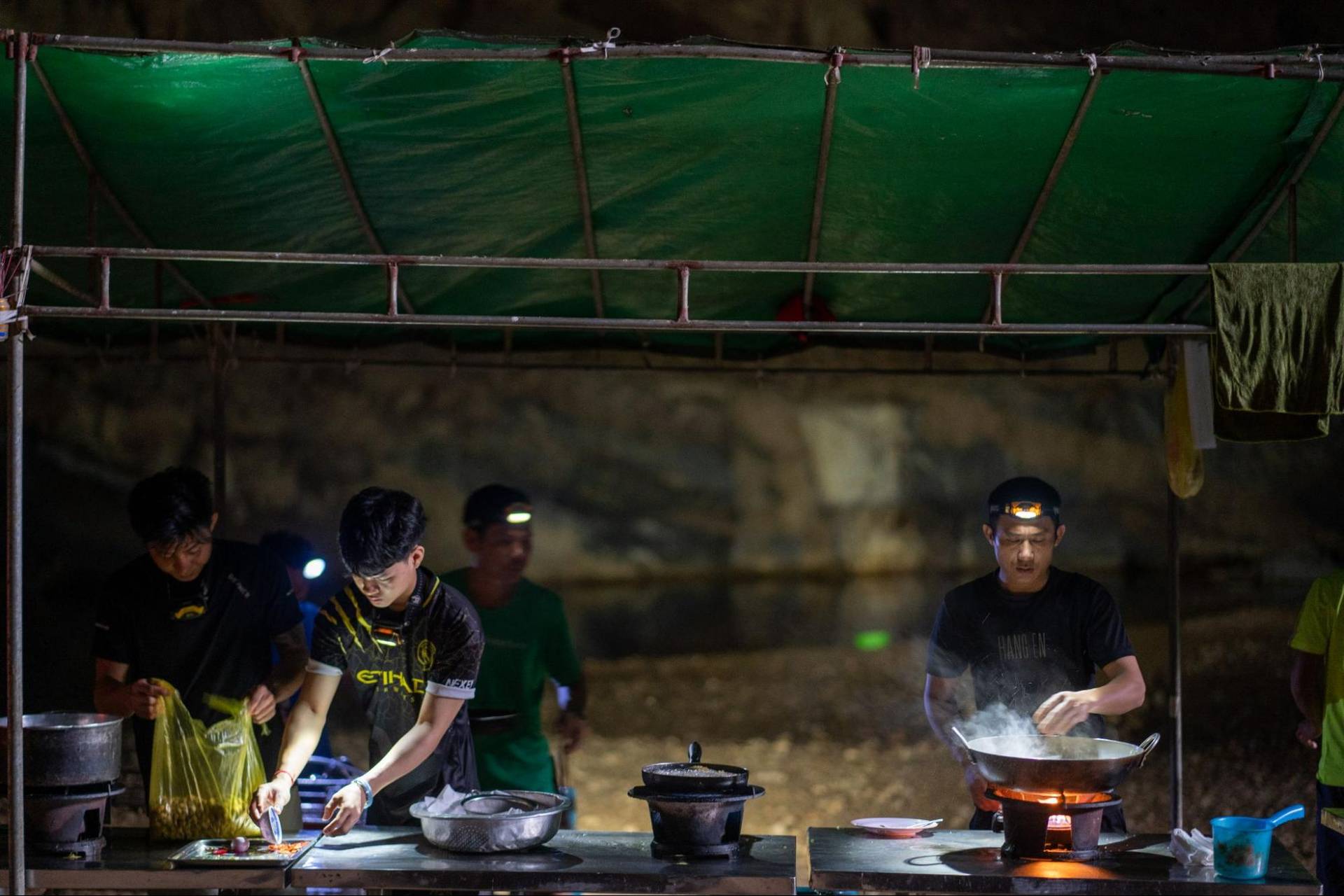
On international forums and social media, some visitors have mistakenly referred to the cave as “Song Doom Cave.” However, the correct English name is “Son Doong Cave” — with “Son” meaning mountain and “Doong” referring to Doong village, where the cave was discovered. Though a simple mistake, it reflects the widespread interest and strong global impact of this breathtaking natural wonder.
Son Doong Cave and the Transformation of Phong Nha
Before Son Doong was discovered and introduced to the world, Phong Nha was a small, quiet village by the Son River. Most locals made a living through farming, fishing, and relying on the jungle.
Things began to change in 2009, when the British Vietnam Caving Expedition Team surveyed Son Doong and confirmed it as the world’s largest cave. In 2011, Oxalis Adventure was founded with the vision of developing distinctive cave tours that could attract international travelers for extended stays. By August 2013, the Son Doong Expedition Tour officially launched its trial run. Within a few years, this remote village became a dream destination for adventurers worldwide, helping Phong Nha step confidently into the spotlight.
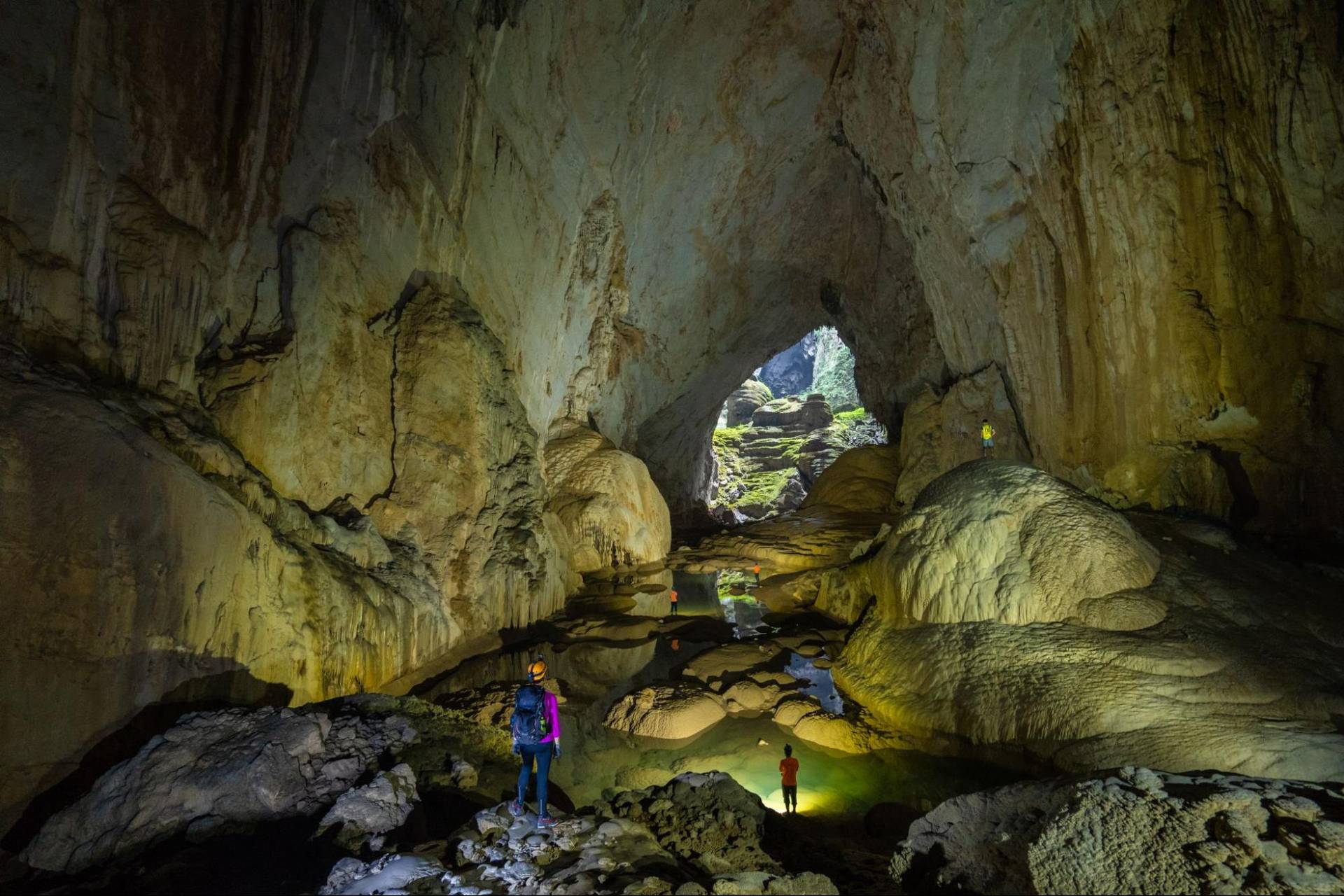
Hundreds of articles and media stories about Son Doong and Phong Nha began to emerge, opening new opportunities for local tourism. Local people started building homestays and offering food and drink services, transforming the village into a lively and promising destination. Many people left forest-based jobs and became porters, guides, cooks, or homestay owners. The Oxalis team expanded from a handful of people to more than 500 staff members, and the Oxalis Foundation was created to support local communities with programs such as building schools, swimming lessons, and scholarships.
Today, the Son Doong tour maintains its limit of 1,000 visitors per year and provides steady income for over 120 locals, with salaries ranging from 8–12 million VND per month during the 8-month tour season. Beyond that, the image of Son Doong has helped spread Quang Binh’s tourism brand globally. Other tours like Tu Lan, Hang Va, and Hang Tien have been developed, shaping Phong Nha – Ke Bang into Vietnam’s adventure tourism capital, attracting nearly 1 million visitors annually.
The lives of Phong Nha local people have changed dramatically: homes are sturdier, children receive better education, and many go on to higher education and return to help develop their hometown. From a quiet countryside, Phong Nha has risen to become one of Vietnam’s leading exploration tourism hubs.
Strategy to Promote Son Doong Cave to the World
The strategy to promote Son Doong to the world shares similarities with how Mount Everest is marketed. As of 2023, only about 7,269 people had ever reached Everest’s summit, despite 100,000 annual visitors to Sagarmatha National Park and around 500 trekkers reaching Everest Base Camp daily. Similarly, Son Doong allows only 1,000 explorers per year, but the broader Phong Nha – Ke Bang region still welcomes nearly 40,000 tourists to other caves like Hang En, Hang Va, and Tu Lan. Thanks to this, Phong Nha – Ke Bang has become one of the world’s premier destinations for cave adventure tourism. The national park itself sees nearly 1 million visitors annually, ranking among the most-visited in Vietnam.
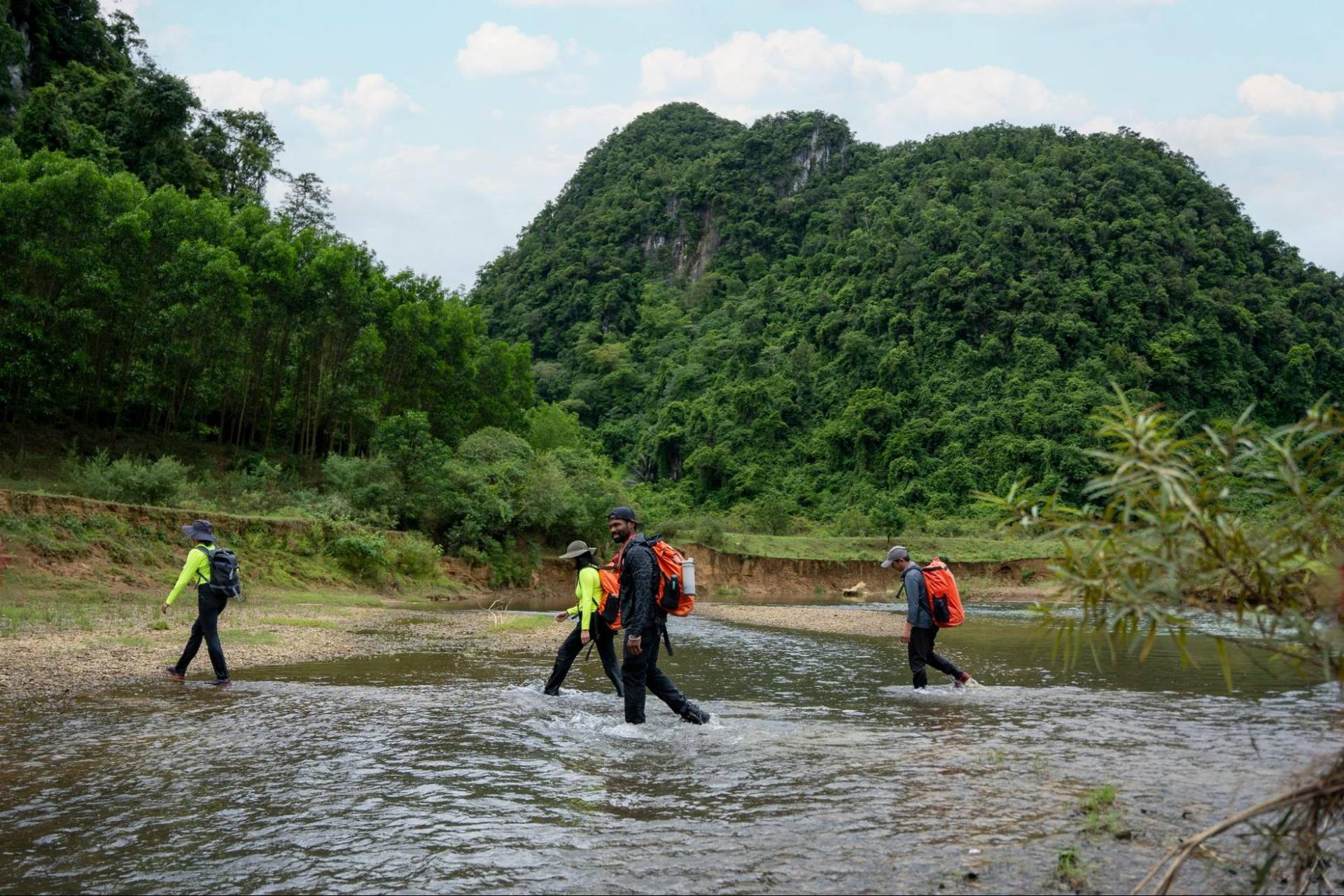
Son Doong’s majestic beauty has been amplified through powerful media efforts. From stunning photo series by photographer Ryan Deboodt to features in global outlets like National Geographic, BBC, CNN, The New York Times, and The Telegraph, Son Doong has become a symbol of Vietnam’s adventurous spirit. A key moment came in 2015, when the cave was broadcast live on “Good Morning America” (ABC), drawing over 60 million viewers — a major milestone in international exposure.
Son Doong has also made its way into the film world. In 2022, the BBC’s hit documentary series Planet Earth III filmed inside the cave, and its 2023 episode “Extremes” attracted significant global attention. The episode later earned two nominations at the 76th Emmy Awards, proving just how captivating Son Doong is to international audiences.
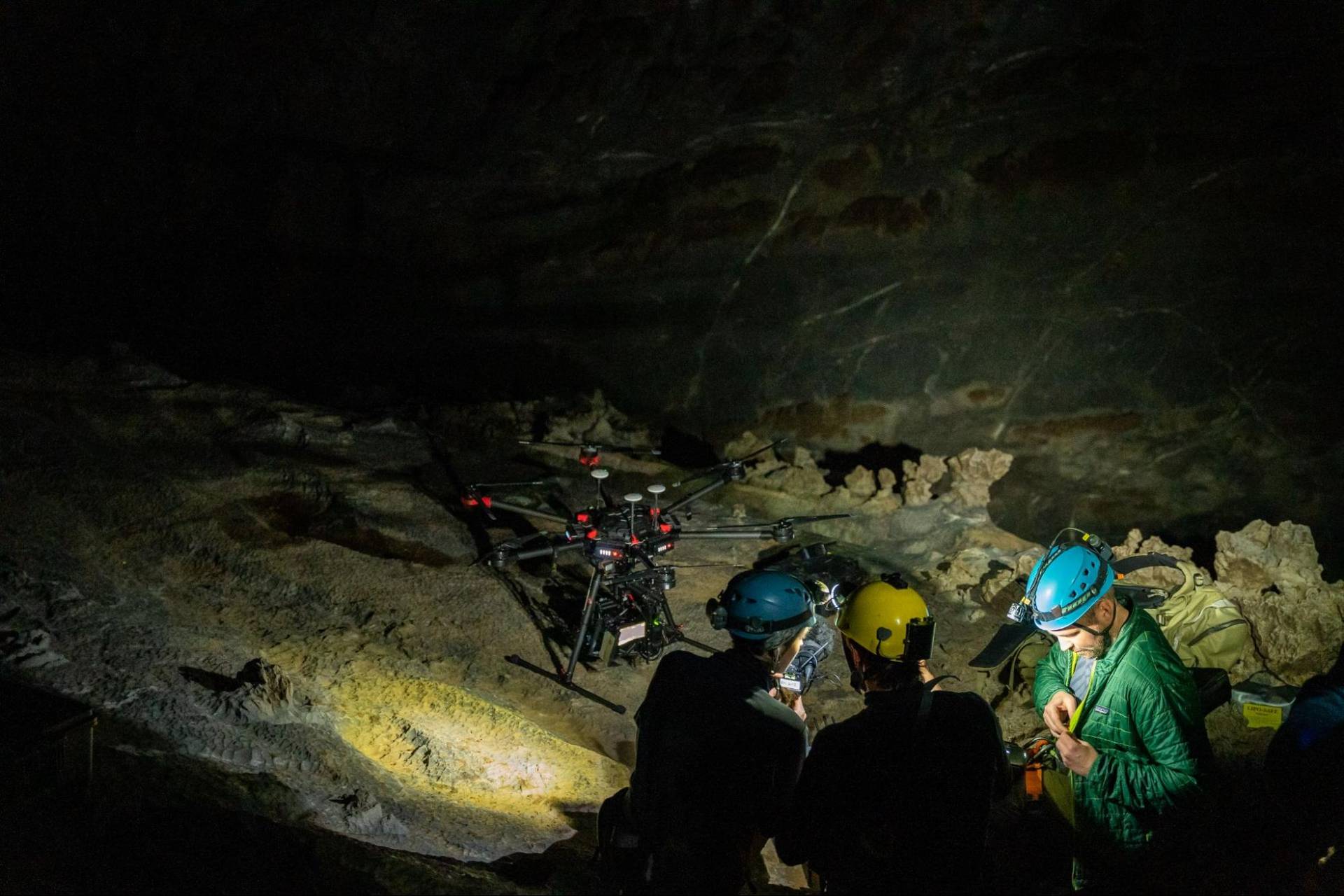
A virtual reality (VR) tour of Son Doong, developed by Oxalis, was showcased by Meta at the Innovate Vietnam 2024 event and later presented in Hollywood during the “Destination Vietnam” program. This allowed people who couldn’t physically visit the cave to experience its underground wonders through immersive VR technology. The strategy not only elevated Son Doong as a symbol of Vietnam’s adventure tourism but also supported the local economy and helped put Quang Binh on the global tourism map.
